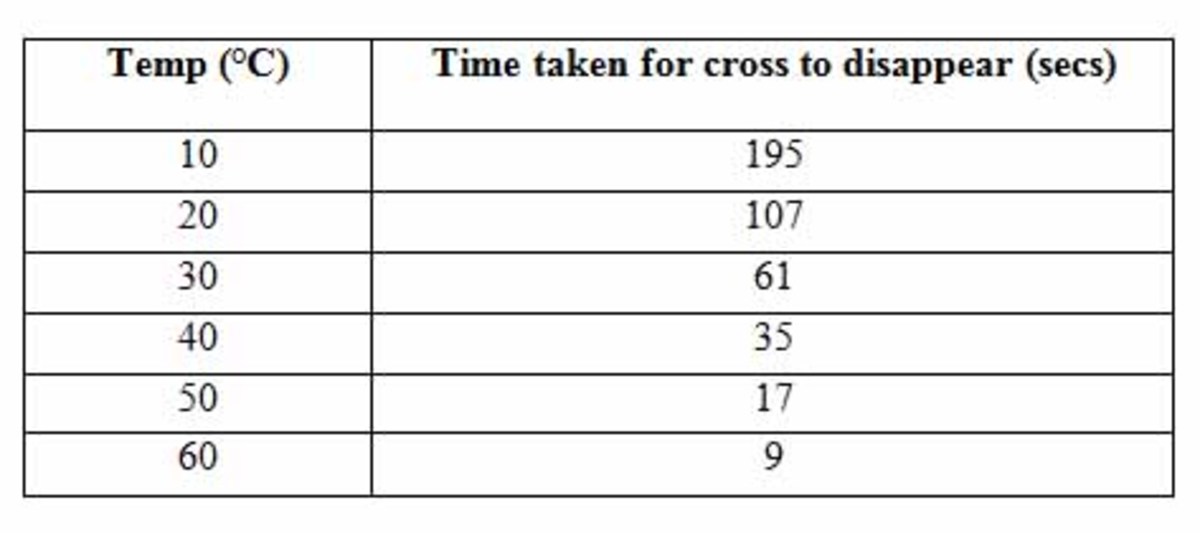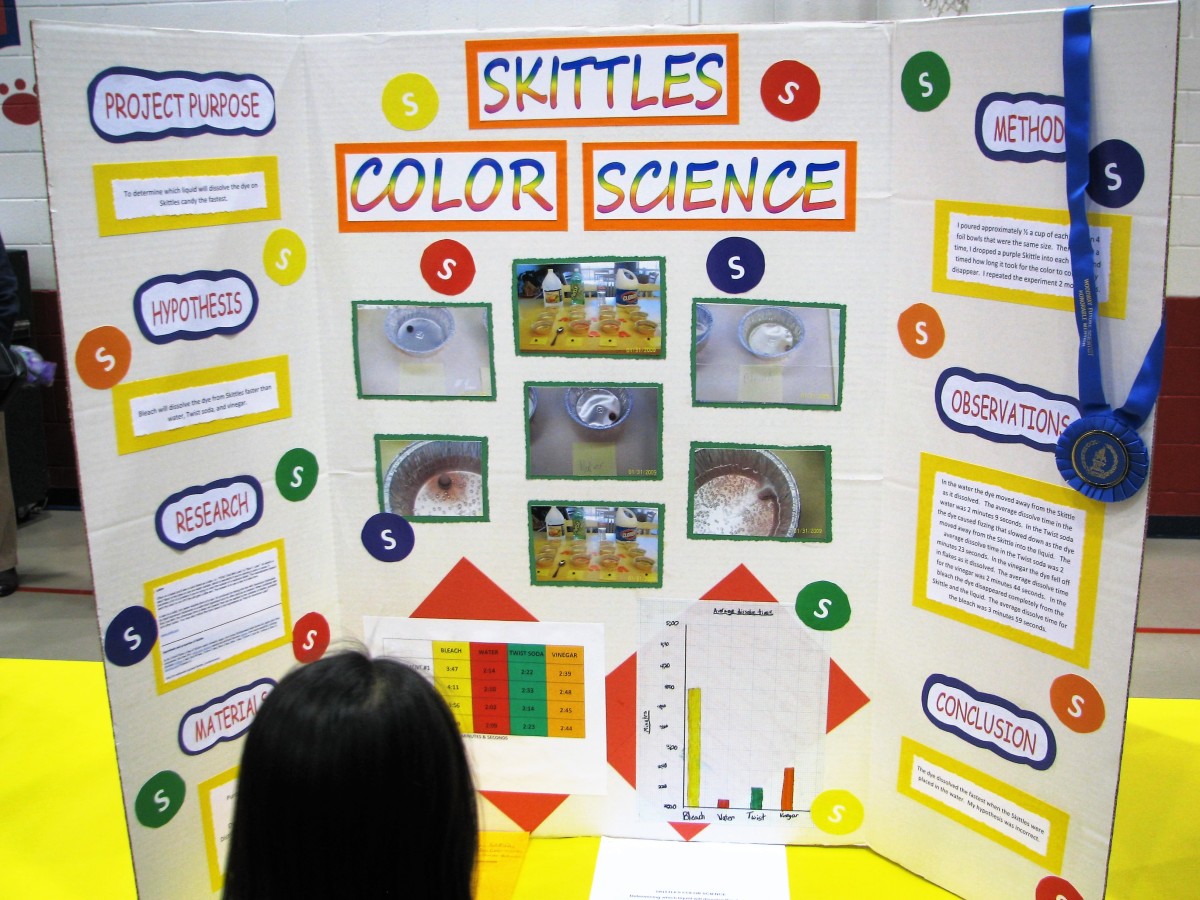Research

Experimental Success
“Experimentation encourages the researcher to accept the world as it is found whereas an experiment allows the researcher to alter systematically the variables of interest and observe what changes follow” (Cooper & Schindler, Chapter 11, para. 5). A journal article entitled, Designing for real-world scientific inquiry in virtual environments, was reviewed. The purpose of the study was to evaluate whether primary education, kindergarten to 12th grade “could engage with and learn as much from virtual inquiry as physical inquiry” (Ketelhu & Nelson, para. 2).

Sample Size
The curriculum at the River City school is “based on hypothesis formation and testing” (Ketelhu & Nelson, para. 3). The sampling was conducted using 500 River City seventh graders and their five teachers. “The basic idea of sampling is that by selecting some of the elements in a population, we may draw conclusions about the entire population” (Cooper & Schindler, Chapter 15, para. 17). The students were evenly split by gender; interestingly the report also mentioned that a few students had a low socio-economic status. “The participants selected for the experiment should be representative of the population to which the researcher wishes to generalize the study's results” (Cooper & Schindler, Chapter 11, para. 18). The design and method that was completed in the study included each class being “randomly assigned to physical or virtual experimentation interventions; quantitative analysis using multi-level modeling was conducted on affective and content pre/post surveys, comparing results across treatments” (Ketelhu & Nelson, para. 4). There was also further comment investigation so more insight from teacher/student analysis could be reached and understood.
Independent/Dependent Variables
The independent variables in this study were the children and teachers ages and sexes; the dependent variables could range from how much sleep they received the night before, what they ate the morning of the study, if they watched television or played video games before going to school, whether they had a disagreement with a sibling or parent, or a number of other factors that could have altered how well they preformed that day. The difference between reliability and validity is consistency. When a research report’s reliability is being considered the consistency of the data is measured. “Over the course of a three-week long curriculum, students experience a year of virtual time in River City” (Ketelhu & Nelson, 2010. P. 156, para 1).

Reliability and Validity
The study cannot be clearly stated if it is necessarily reliable because the findings were based on one sample, although it was a study that was preformed over time. It would be far more convincing if the study was repeated over a geographic span. The validity of the study is concerned with the strength of the hypothesis outcome. “Hypothesis is a relational statement because it describes a relationship between two or more variables” (Cooper & Schindler, Chapter 11, para. 17). The question that should be asked is, were the steps in the scientific method followed? In this case the result indicated that, “girls using virtual experimentation learn more than any other subgroup; however, boys in the physical experimentation group outperform their counterparts in the virtual group” (Ketelhu & Nelson, para. 10).
Virtual Learning is Beneficial
The surveys indicated that all students were stimulated by virtual experimentation. The study concluded that both sexes of students would benefit from virtual learning as well or better than traditional teaching methods. “Even when an experiment is the ideal research design, it is not without problems. There is always a question about whether the results are true” (Cooper & Schindler, Chapter 11, para. 19). The study is valid, the hypothesis was proven, but the initial optimism is not automatically reliable. “Replication—repeating an experiment with different subject groups and conditions—leads to the discovery of an average effect of the independent variable across people, situations, and times” (Cooper & Schindler, Chapter 11, para. 15).
Experimental Success
“Whichever reasoning processes and research methods were used, the final conclusion is critical, determining success or failure; if an otherwise excellent experiment is summarized by a weak conclusion, the results will not be taken seriously” (Shuttleworth, 2008. Drawing Conclusions. Experiment Resources, para 1). The conclusion in thereal-world scientific inquiry,almost stated the obvious. The world in which seventh grade boys and girls live in revolves around technology; therefore, their brains have been programmed to learn in that forum. It makes sense that the hypothesis for which the study resulted from would highlight that aspect.
Hypothesis Proven
If the hypothesis was disproven the experiment would still be a success. A negative result would still be proving something, the opposite of what the hypothesis stated. “However, very few experiments give clear-cut results, and most research uncovers more questions than answers; the researcher can use these to suggest interesting directions for further study” (Shuttleworth, 2008. Drawing Conclusions. Experiment Resources, para 6). Further research needs to be completed to validate the River City findings that includes schools throughout the United States. Low economic conditions was a previous interesting point that had little mention within the research, and would be compelling to know whether increased poverty would change future study outcomes. The key to proving the hypothesis may be technology exposure, and may be different for children who have very little experience with computers.
The advantage of experiments is “the researcher's ability to manipulate the independent variable” (Cooper & Schindler, Chapter 11, para. 12). The disadvantage is generalization from non-probability samples can pose problems despite random assignment” (Cooper & Schindler, Chapter 11, para. 13). Experiments, according to Cooper and Schindler are the “premier scientific methodology for establishing causation” (Cooper & Schindler, Chapter 11, para. 14). Experiments are always glamorized through media outlets, but in actuality many studies are not conducted through experimentation due to cost, and some questions cannot be answered in an experimental format due to the artificial nature. The Ketelhu and Nelson experiment set out to prove that children can be engaged in a virtual learning environment. The study concluded after a year proving that the sample size of 500 seventh graders, especially girls, did excel in a virtual environment.
References
Cooper, D., & Schindler, P. (2006). Business Research Methods, 9e, Chapter 11, and 15.
Ketelhuta, B. & Nelson, C. (2010). Designing for real-world scientific inquiry in virtual Environments. Retrieved July 3, 2011 from EBSCOhost, University of Phoenix Library.
Shuttleworth, Martyn (2008). Drawing Conclusions. Experiment Resources. Retrieved July 3, 2011 from http://www.experiment-resources.com/drawing-conclusions.html
Related Hubs
- Inappropriate and Illegal Job Interview Questions
Employers: you may have at one time, asked inappropriate or illegal questions. If you want to avoid a 40 million dollar discrimination lawsuit, know what to ask, and what not ask. Employees know what your rights are, and prepare how you will answer a - Personnel in Information Technology
Personnel in Information Technology is an article that addresses technology, IT integrated model, hiring the right candidate, and IT tracking system. Personality issues, and what the typical customer requires is also a focus. - Organizational Philosophies and Technologies
Information technology has been instrumental in globalization. This article discusses managing ethical standards and guidelines. It also covers organizational change and competitiveness,Human Resources and company culture. - Improve Work Environments
Organizational Psychologist can improve your work environment. The article discusses the roles of an organization, and the roles of Organizational Psychologist. The Science Practitioner Model is also reviewed.









